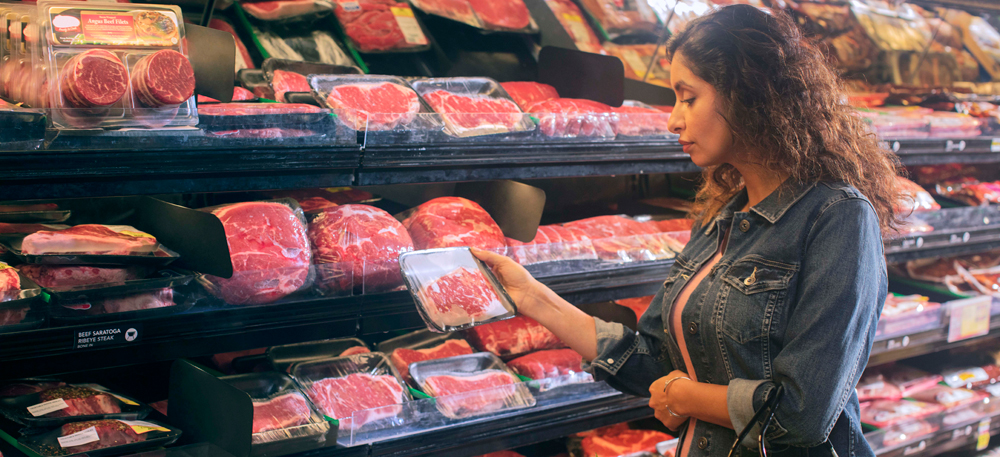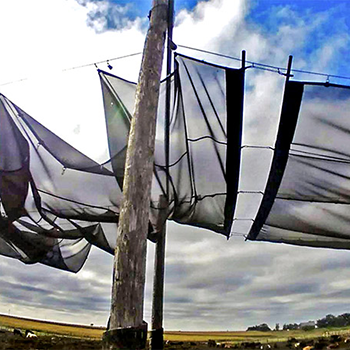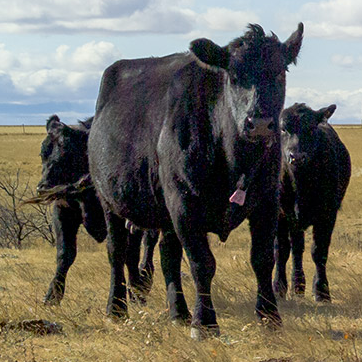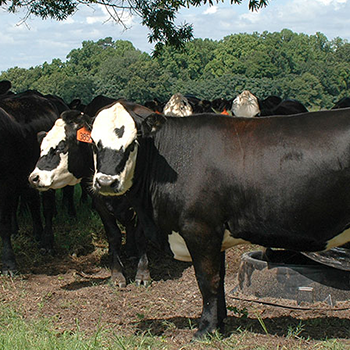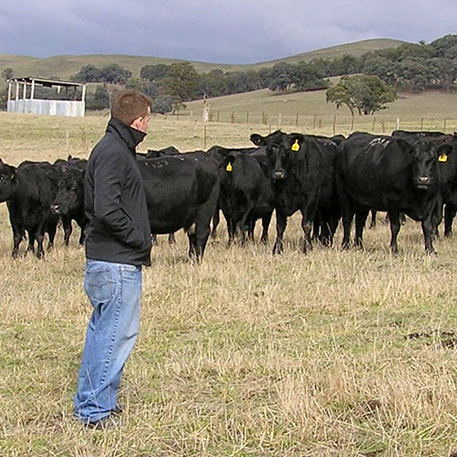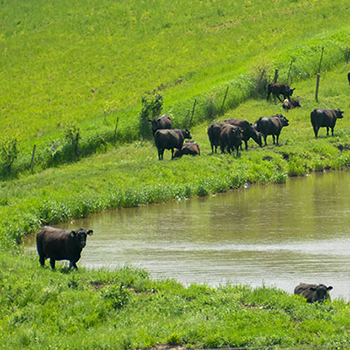COVID-19 Is Shifting Buying Preferences
Pandemic has changed consumer buying habits, raised awareness of supply chain.
In what can feel like a sea of adversity, there are reasons for optimism in the food industry during the global pandemic caused by the new coronavirus. With COVID-19, there are so many unfortunate things that have happened, but one bright spot is that there is an awareness now of the importance of not wasting food, and a new understanding of the complexity of the food chain, said Jeanette Thurston, director of the Kansas State University Food Science Institute.
